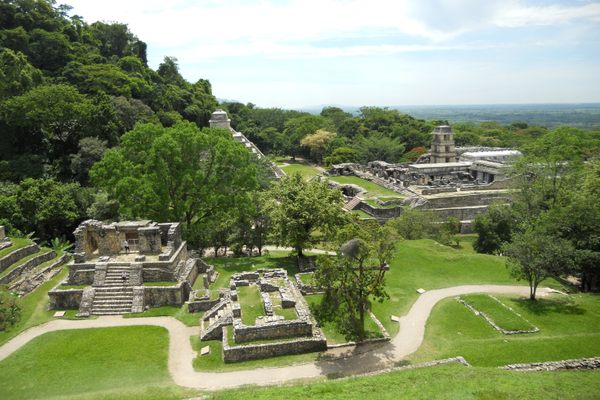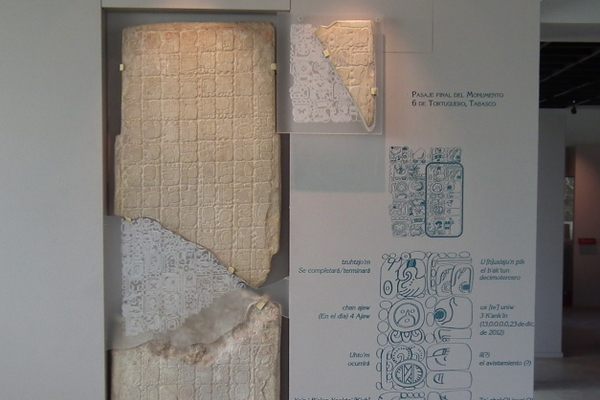About
It is impossible to know exactly what an artist was thinking when he/she made their creation. Many theories have been proposed to explain the bison of Tuc d'Audoubert in France, but considering they are 15,000 year-old sculptures, it might be time to drop the analysis and revel in the art of our early human ancestors.
Modeled out of clay from the walls of the cave, the bison stand next to each, propped up against a small boulder in the darkness. Although they stand at a diminutive 18 inches tall by 24 inches long, their craftsmanship and durability is remarkable. Until they were discovered in the early 20th century, the bison stood alone in the damp French cave for thousands of years.
In an attempt to explain the cave’s purpose aside from artistic expression, many have theorized that coming-of-age rituals took place near the bison. A number of preserved children’s footprints in the cave suggest that rites took place in the cave. Others posit that the bison are a symbol of fertility, suggesting the bison are preparing to mate.
Despite our best efforts to create a story around the art, we’ll simply never know the truth of the Tuc d'Audoubert bison. Visitors can make their own theories during a visit to the cave, although getting too close to the sculptures is forbidden to preserve them for future generations.
Related Tags
Know Before You Go
Audoubert
Published
September 13, 2011
















